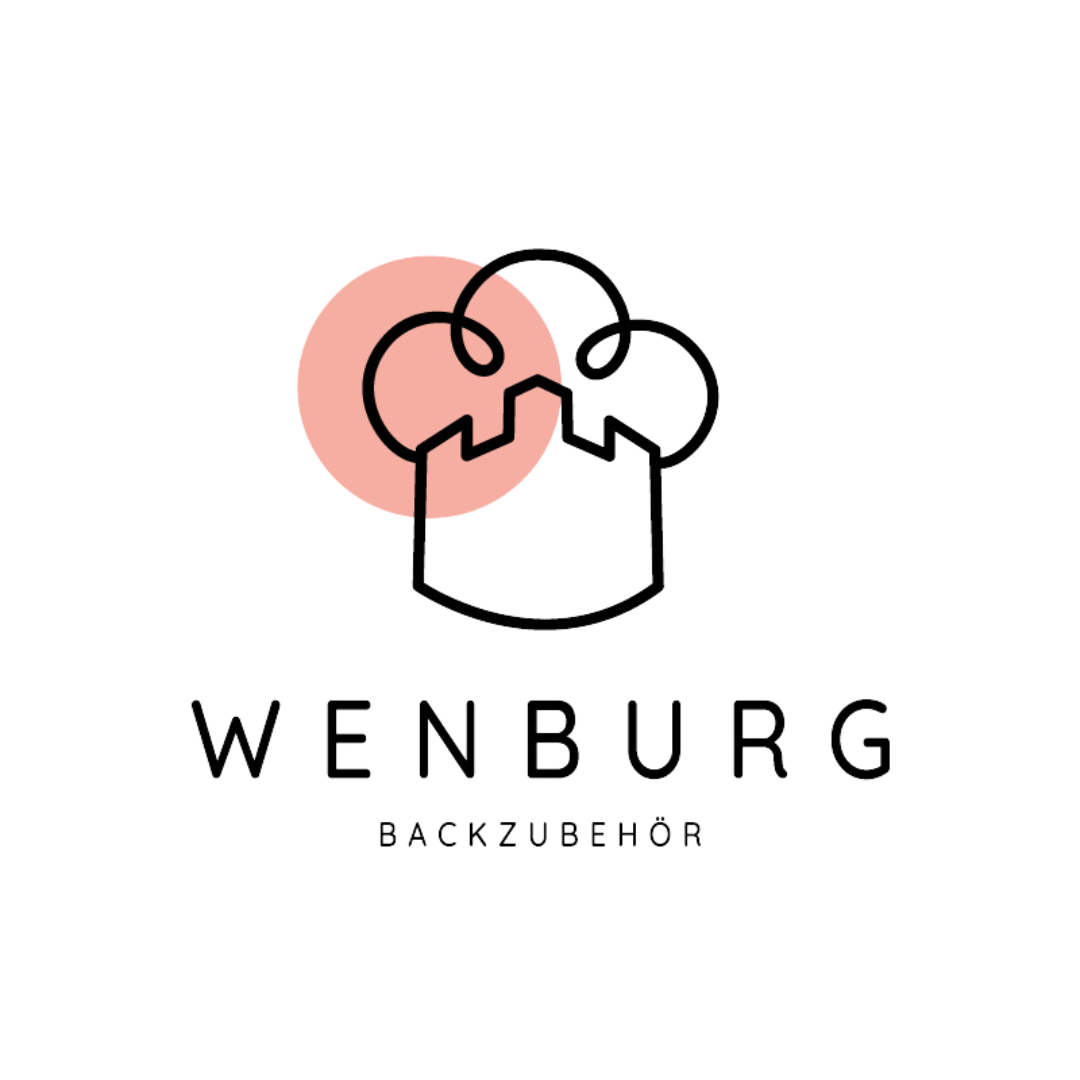COLORING FOOD NATURALLY - BERRIES ARE ESPECIALLY SUITABLE
The coloring of cosmetics, drugs and food was already known in ancient times. Even then, many cultures mastered this art. At that time, they already knew that certain optical stimuli influence human well-being and taste. Colored additives were made thousands of years ago to make products and dishes more attractive.
Up until the 19th century, red dyes that were harmless to health were made from mineral pigments. Or they were obtained from animals, such as the carmine red from the cochineal scale insect. And many natural colors were made from shrubs, fruit or vegetables.
Color psychology is also the ultimate in modern food production, with many food colors currently being produced chemically. Nowadays, artificial food colors are available in supermarkets and online (also on wenburg.de) available. But if you want to be on the safe side, make your own red food coloring.
Naturally coloring essences of fruit and vegetables
Many types of berries or beetroot are often referred to as superfood because they have a very health-promoting and beneficial effect due to their high vitamin and mineral content. The color is determined by the berry pigments used (anthocyanins) or the even stronger coloring betanins from the beetroot. You determine the added amount of sugar.
Worth knowing about the berries
Red currants or raspberries produce a bright red. Black currants, blueberries or beets produce dark red tones. If you want to lighten the red tones a little with the universal household remedy baking soda, you should only use it sparingly, otherwise you will get a blue hue.

Some plant colors have a taste of their own, although this can hardly be tasted in small quantities. The beets are almost tasteless.
The production of colored juices
Because the berries already mentioned and the beetroot stain heavily, you should use a kitchen apron and disposable gloves.
The quickest way to achieve your goals is to puree the raw berries and use the resulting pulp as a coloring agent. However, you will get a more optimal result if you proceed in the same way as when making jam.
First wash the berries or beets thoroughly, then boil them in a saucepan until soft. Finally, puree the dyed goods or pass them through a sieve if you want to remove the seeds.
Liquid food colors combine best with:
- White Glazes
- Thin, light dough
- Light sauces or toppings
- Quark and cream dishes or smoothies
- Potato, pasta or meat salads prepared with mayonnaise or yoghurt
The preparation of colored powders
The previously produced red colored juices are now processed further. First boil them while stirring constantly until the juices slowly thicken and stick to the bottom of the pot. Then stir in enough powdered sugar to form a crumbly mixture. Dry them either in the oven at a maximum of 30 degrees or a little slower in the air. Finally, grind this mixture into a fine colored powder.
These intense color powders are great for:
- pasta and rice dishes
- Heavy, light yeast or cookie doughs
- Water and milk drinks or juices, which absorb this powdered form better
The leftover red juices will keep in the fridge for a few days; alternatively, you can freeze them in ice cube trays. Homemade colored powder can be kept for a few weeks if stored in the dark and at cooler room temperatures.
Red is the color of fire, blood and love
This color stirs the emotions and stimulates the hidden forces within. When you think of the color red, Valentine's Day, which is celebrated by lovers every year in mid-February, springs to mind.
Or the custom of Halloween, where every year on the evening before All Saints' Day, many people get up to scary mischief.
Not only on these two special days, but all year round make homemade ones red food coloring made from berries or beetroot, the meal is a stimulating visual event and an original treat for both children and adults.


